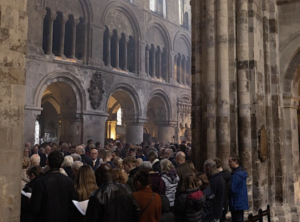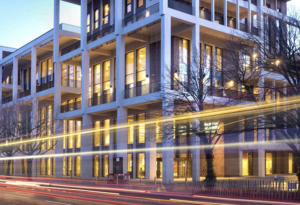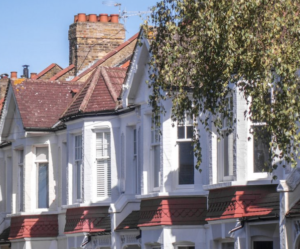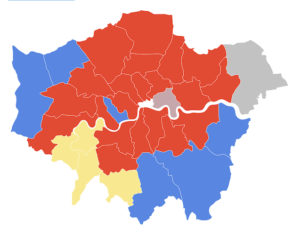Among the more religious received wisdoms of recent years is the belief that if new homes for full market sale are built in a part of London, poorer resident are “pushed out” as a result. Such developments, routinely denounced as “luxury flats” even when they are, in reality, perfectly plain, are characterised as if they were settler villages – fortresses of an invading bourgeoisie destroying once blissfully contented “working class space”.
I parody, of course, though not that much. In particular, I parody the populist politics of what I call the Protest Left, although appalled Conservatives and conservationists sometimes embrace the same formula. The seemingly rival tribes find common ground in thinking all commercial property development is bad – perhaps especially bad if financed by those modern folk devils “rich foreign investors” – and the resulting homes too expensive for “local people”.
The trouble with all this, which for years has done a roaring trade in academia, upmarket liberal media and on the conference merry-go-round, is that, like all populism, it reduces a complex situation to a set of good-versus-evil slogans. These acquire a self-perpetuating momentum which, if it gets into politicians’ heads, can heighten London’s multifarious housing problems rather than reduce them.
A new housing research note from City Hall shines a searching light on this realm of foggy outrage. Compiled by the Greater London Authority’s James Gleeson – @GeographyJim as he is known elsewhere – it is very much not a polemic, and my need to point this out stems from my slight unease about recruiting it, up to a point, to my bad-tempered mission to persuade people to stop congratulating themselves for not thinking hard enough.
The note succinctly summarises seven recent studies of what happens to housing affordability when new homes are built – in particular what happens to it in the immediate vicinity of those homes in the short term. “There is already evidence that increases in the supply of housing bear down on housing costs in the long term,” Gleeson writes in his executive summary, emphasising that this applies if all other factors are held equal. This new research explores how they affect the cost of housing in people’s own backyards soon after its completion.
Gleeson finds “a number of consistent findings” in the seven studies which, using new and more precise forms of data, variously look at situations New York City, San Francisco, Helsinki, parts of Germany and estate regeneration schemes in London.
One such finding is that “building new, market-rate homes makes other housing more affordable”, not the other way round. This happens because, as the note explains, the new homes tend to be bought by local people with high incomes, which very likely entails them selling their previous home to another local household with less money.
This can be the start of a virtuous “chain”, which reaches down through the income layers and gives people near the bottom a better chance to move into somewhere better. It also has a local “supply impact”, changing the neighbourhood supply-demand balance and reducing buying prices and rents accordingly.
That is not the whole picture. Gleeson stresses that although the studies show that building new market-rate housing “increases the availability of homes affordable to low-income households”, it does not do so “as directly as building social housing and other kinds of affordable housing”. There really is no substitute for that.
His other topline caveat is that “the geographical distribution of market-rate housing supply matters”. The studies show that if market-rate homes are “focused only in low-income areas” it can indeed lead to “localised increases” and to “potentially increasing gentrification pressures”.
Furthermore, new housing can prompt improvements in local amenities such as restaurants and even bring about reductions in crime. Changes of this kind, Gleeson writes, can “generate enough increased demand to the second-hand housing stock in the area to outweigh the supply impact of new homes and therefore push up prices and rents”.
Even so, if demand for high-cost new homes goes unmet, “it is primarily low-income households that lose out,” Gleeson concludes from the studies.
That is a far cry from the righteous certainties of anti-gentrification protesters, whose seemingly unshakable premise is that if market-rate new housing is built anywhere in London, such “luxury flats” can only ever be bad for those in the neighbourhood who can’t afford them, and will inevitably result in their “displacement” or, more emotively, their “social cleansing” from the area.
In reality, it seems, the less well-off Londoners usually have more to gain from new market-level housing appearing on their patches of the city than they have to lose.
Read the whole GLA housing research note here (including links to the individual studies). If you value On London and its writers, become a supporter or a paid subscriber to Dave Hill’s Substack for just £5 a month or £50 a year. X/Twitter: On London and Dave Hill.








